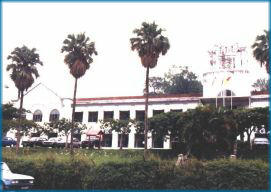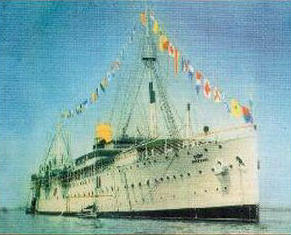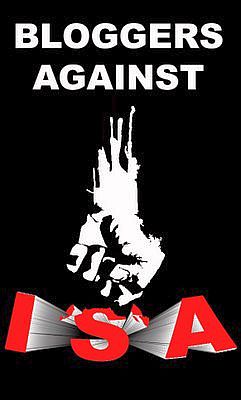 When I first saw the 1969 movie Krakatoa, East of Java many years ago, it did not leave a long lasting impression on me although the 1883 eruption of the volcano on this Indonesian island in the Sunda Straits ejected more than 25 cubic kilometres of rock, ash and pumice and generated the loudest sound ever historically reported — the cataclysmic explosion was distinctly heard as far away as Perth in Australia (approx. 1930 miles or 3100 km), and the island of Rodrigues near Mauritius (approx. 3000 miles or 4800 km). Atmospheric shock waves reverberated around the world seven times and were detectable for five days. Near Krakatoa, according to official records, 165 villages and towns were destroyed and 132 seriously damaged, at least 36,417 (official toll) people died, and many thousands were injured by the eruption, mostly in the tsunamis which followed the explosion.
When I first saw the 1969 movie Krakatoa, East of Java many years ago, it did not leave a long lasting impression on me although the 1883 eruption of the volcano on this Indonesian island in the Sunda Straits ejected more than 25 cubic kilometres of rock, ash and pumice and generated the loudest sound ever historically reported — the cataclysmic explosion was distinctly heard as far away as Perth in Australia (approx. 1930 miles or 3100 km), and the island of Rodrigues near Mauritius (approx. 3000 miles or 4800 km). Atmospheric shock waves reverberated around the world seven times and were detectable for five days. Near Krakatoa, according to official records, 165 villages and towns were destroyed and 132 seriously damaged, at least 36,417 (official toll) people died, and many thousands were injured by the eruption, mostly in the tsunamis which followed the explosion.But nothing really prepared me for this day exactly two years ago to see the horrors on my own TV screen as recorded on personal web cams and digital cameras as the waves came crashing down on the poor unfortunates in Sumatra, Thailand, India, Sri Lanka, the Maldives and in our own northern west coast. More than 200,000 people perished and billions of dollars worth of property were damaged or wiped out.
I read somewhere that another earthquake of a far greater magnitude is probably in the offing in about the same area during the next couple of decades and I shudder to think whether I will get to see it again during my life time.
(Movie poster from IMDb Photo Gallery)






















No comments:
Post a Comment
Dear Reader,
This blog promotes freedom of speech and I invite fair comment. This is not a chat room and I would appreciate if you could identify yourself. However, if you prefer to remain anonymous please note that remarks that are deemed grossly inappropriate, maliciously defamatory, extremely vulgar or ad hominem attacks (against my person) will be deleted.
Thank you for visiting and commenting.
The Ancient Mariner